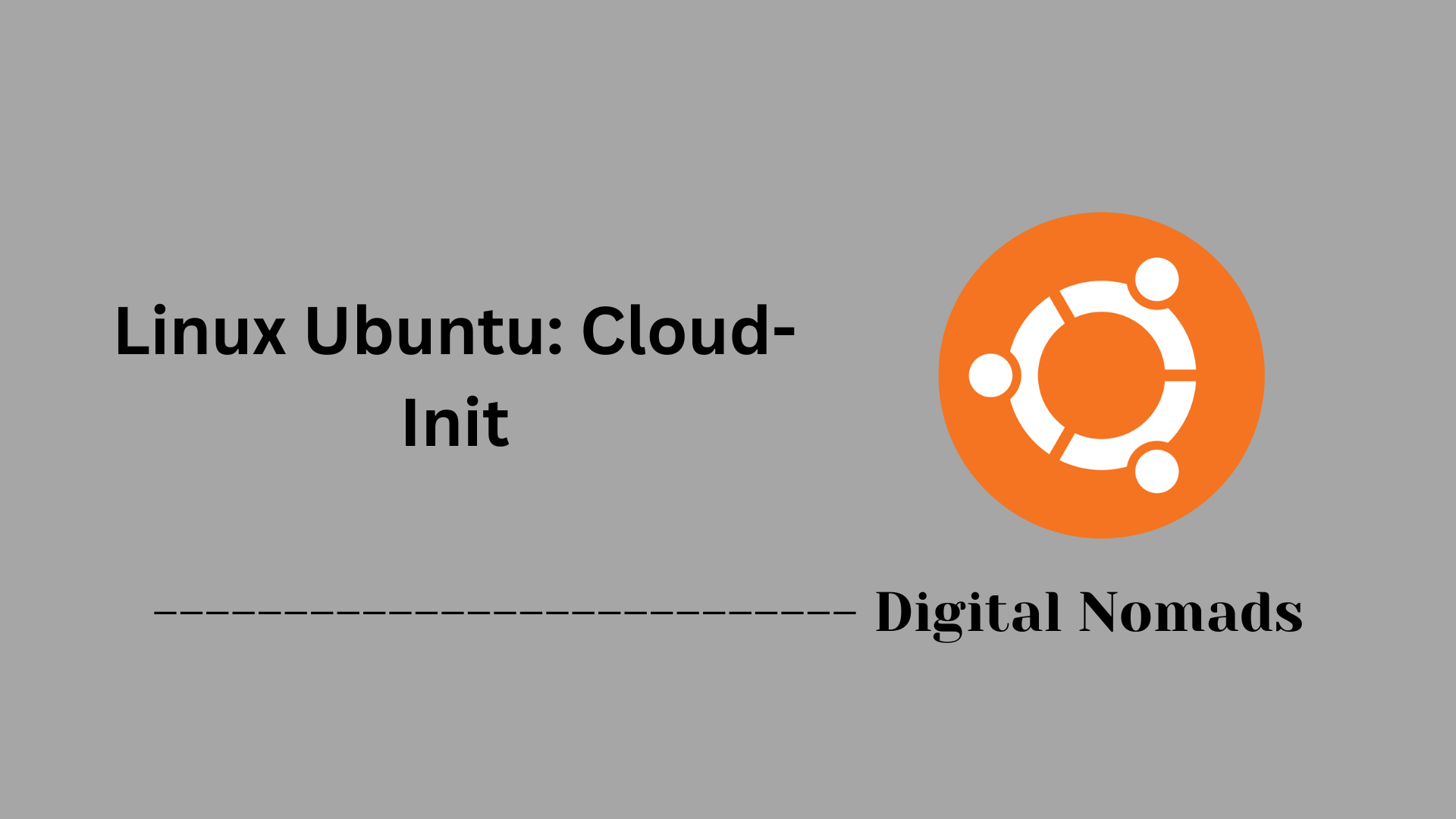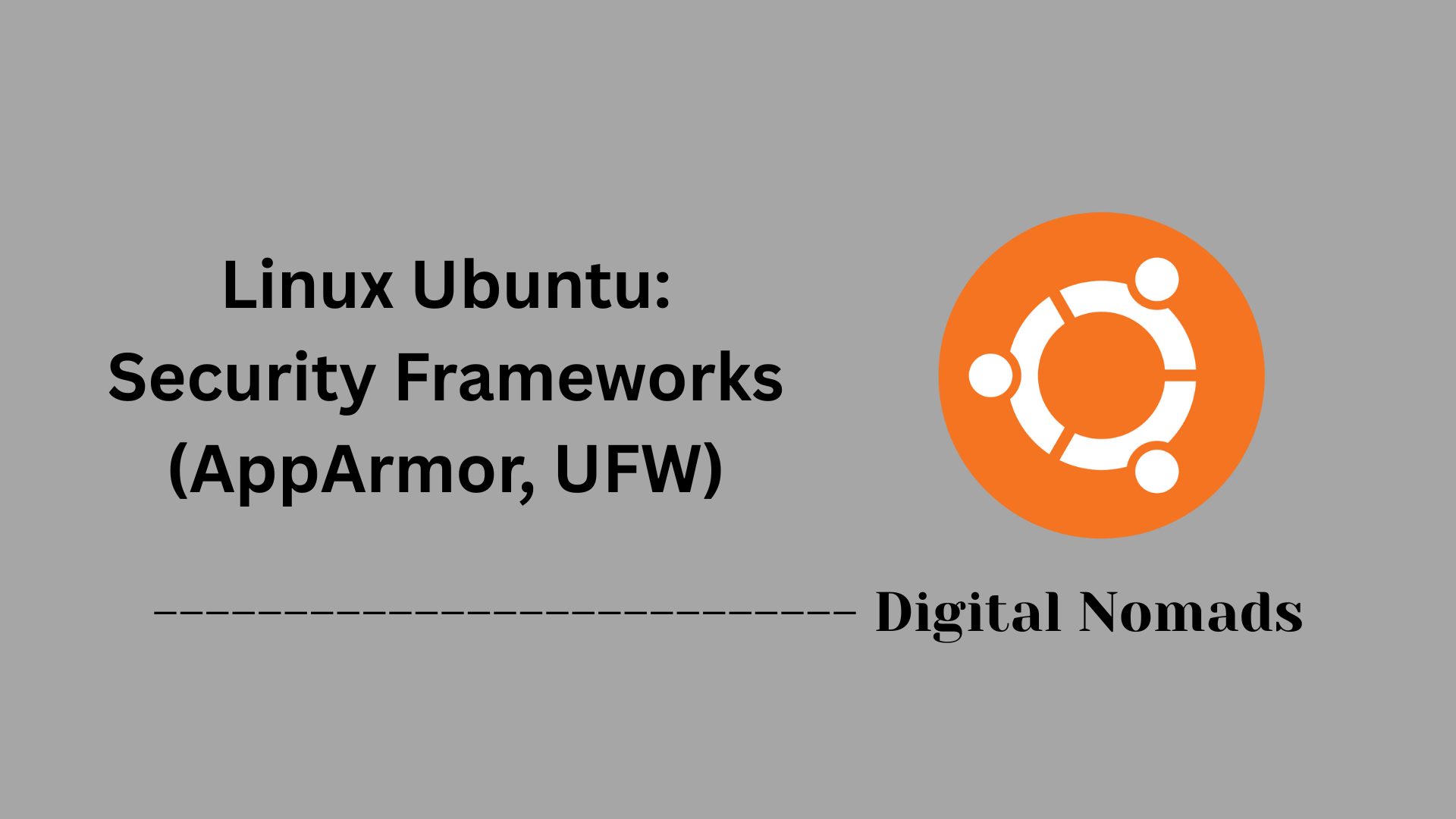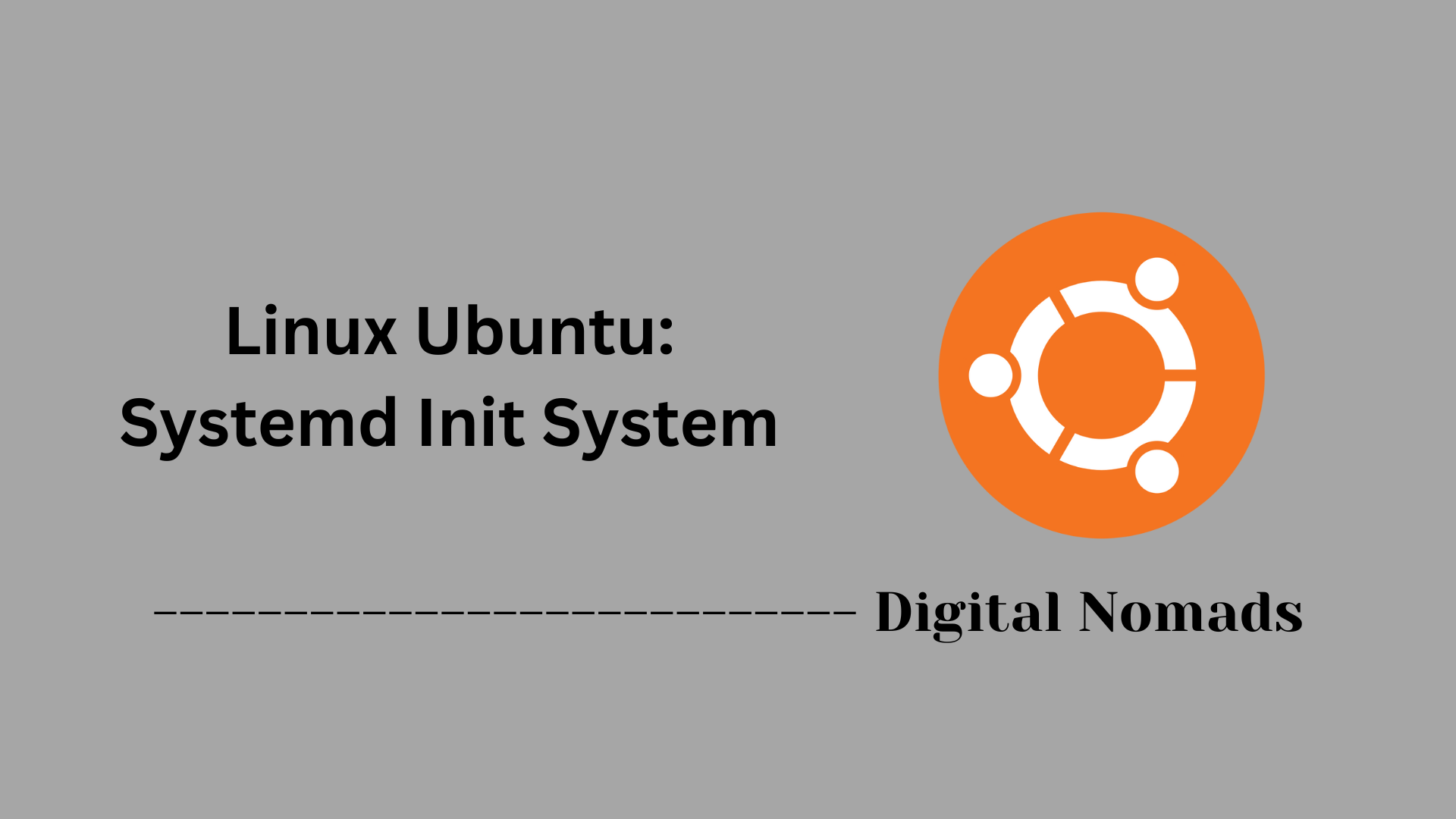Table of Contents
- Overview
- Core Components
- Prerequisites
- Configuration
- Validation
- Troubleshooting
- Conclusion
Linux Ubuntu: Deep Dive
Overview
Ubuntu is a widely used Linux-based operating system developed by Canonical Ltd. Built on Debian, it’s designed to provide a balance of simplicity, security, and robust performance, making it accessible to beginners while still being powerful enough for seasoned professionals and enterprise environments. Ubuntu comes in several editions, most notably desktop, server, and cloud versions, each tailored to specific usage scenarios.
Why You Should Know About Ubuntu
- Popularity in Cloud & Servers: Ubuntu is the most prevalent Linux OS across public cloud platforms like AWS, Azure, and Google Cloud, making it essential for anyone deploying applications or managing infrastructure in the cloud.
- Adoption in DevOps & Automation: Its seamless integration with automation tools (Ansible, Terraform, Puppet) and native container support (Docker, Kubernetes) means it’s a top choice for DevOps workflows and infrastructure-as-code practices.
- Stability and Security: With features like automated security updates, AppArmor integration, and long-term support (LTS) releases, Ubuntu is trusted for mission-critical infrastructure and sensitive workloads.
- Community & Support Ecosystem: Comprehensive documentation, active forums, and enterprise support via Canonical ensure that help and guidance are always available.
- Hardware & Platform Agnostic: Ubuntu runs efficiently on desktops, laptops, servers, and IoT devices, including Raspberry Pi and ARM-based hardware.
How Ubuntu Works
Ubuntu operates as a complete operating system, including both a graphical interface (for desktop users) and robust command-line tools (popular for servers and automation). Its core elements include:
- Linux Kernel: Manages system resources, hardware communication, and enforces security controls.
- Package Management: Uses APT and .deb packages to handle software installation and updates from trusted repositories.
- Desktop Environment: The default Ubuntu Desktop uses GNOME for a modern, customizable GUI, while alternative flavors (Kubuntu, Xubuntu, etc.) offer varied experiences.
- System & Service Management: Relies on systemd for service startup and management, along with built-in firewalls (UFW) and security frameworks.
- Software Repositories: All supported software is delivered via signed repositories, ensuring authenticity and streamlined updates.
- Deployment Models:
- Desktop: User-friendly, suitable for everyday computing, development, and education.
- Server: Optimized for headless operation, with stability for running services and cloud applications.
- Cloud/Container: Lightweight images for rapid deployment in containers or cloud orchestrators.
- Release Cycle: Long-Term Support (LTS) releases get five years of updates, perfect for production, while interim releases provide access to the latest features.
Ubuntu stands out for its balance of usability, flexibility, and security. For IT and network professionals, it is a foundation that enables swift automation, reliable deployments, and integration with modern infrastructure tools—ideal for today’s rapidly evolving tech landscape.
Core Components
These are the essential building blocks that make Ubuntu operate efficiently across desktops, servers, and cloud environments:
- Linux Kernel: The foundational software layer that manages system hardware, process scheduling, memory allocation, and enforces system security controls.
- GNU Utilities and Shell: A suite of command-line tools and the default shell environment enabling user interaction, automation, scripting, and essential system operations.
- APT Package Management: The Advanced Package Tool (APT) handles software installation, upgrades, and dependency resolution using .deb packages from trusted repositories.
- GNOME Desktop Environment: Provides the graphical user interface for Ubuntu Desktop, supporting multitasking, customization, and integrated productivity tools.
- Snap and Flatpak Support: Application packaging frameworks allowing streamlined, secure installation and sandboxing of modern applications across different Ubuntu versions.
- Systemd Init System: The init system responsible for boot sequence management, service oversight, and system logging.
- Security Frameworks (AppArmor, UFW): Built-in access control and firewall utilities to define application permissions and control network traffic on the system.
- Cloud-Init: A flexible initialization tool that automates system configuration and provisioning when deploying Ubuntu in cloud environments.
Prerequisites
Before installing and working with Ubuntu, ensure the following conditions are met to guarantee a smooth setup and optimal performance:
- Hardware Compatibility: Verify that your system meets the minimum hardware requirements: at least a 2 GHz dual-core processor, 4 GB of RAM, and 25 GB of free disk space for a standard desktop installation.
- Supported Architecture: Ubuntu primarily supports x86-64 architecture for most editions; check that your machine’s CPU architecture (AMD64, ARM64, etc.) matches the Ubuntu variant you're installing.
- Stable Internet Connection: Required for downloading the installation image, updates during installation, and fetching software packages post-install.
- Bootable Installation Media: Prepare a USB flash drive or DVD with the Ubuntu ISO image using appropriate creation tools to enable system boot and installation.
- Backup of Important Data: Backup existing data on the target device to prevent loss during installation or partitioning.
- UEFI or BIOS Settings: Be prepared to configure system firmware settings such as disabling Secure Boot or changing boot order, if necessary, to support Ubuntu installation.
- User Credentials: Plan for creating a user account with administrative privileges during installation for system control and software management.
- Understanding of Network Configuration (Optional): For server or advanced setups, having knowledge of IP addressing, DNS, and routing can help in configuring the system post-installation.
Configuration
Once Ubuntu is installed, performing initial system configuration ensures the system is secure, functional, and tailored to your environment:
-
Update System Packages:
Run system updates using
sudo apt updateandsudo apt upgradeto ensure all software and security patches are current. -
Create Additional User Accounts:
Add non-root users using
adduserand assign administrative privileges withusermod -aG sudo [username]if needed. - Configure Network Interfaces: Use Netplan or NetworkManager to define static IPs, gateways, DNS, or manage wireless connectivity based on your system’s needs.
-
Set Hostname and Timezone:
Update the system hostname using
hostnamectl set-hostnameand set the correct timezone withtimedatectl set-timezone. -
Enable and Configure the Firewall:
Activate UFW (Uncomplicated Firewall) with
sudo ufw enableand define rules to control incoming and outgoing traffic. -
Install Essential Packages:
Install commonly used packages such as
curl,git,vim, andbuild-essentialfor system management and development. -
Set Up SSH Access:
Enable secure remote access using OpenSSH, configure
/etc/ssh/sshd_config, and optionally set up SSH key authentication. - Configure Automatic Updates: Use unattended-upgrades to apply updates in the background, increasing system stability and security over time.
Validation
After installing and configuring Ubuntu, it is important to validate the system's integrity and health to ensure it is operating correctly. Follow these steps to perform a thorough validation:
-
Check System Updates:
Confirm all system packages are up to date by running
sudo apt updateandsudo apt upgrade. -
Verify Service Status:
Check the status of essential services with
systemctl list-units --type=service --state=runningto ensure necessary services are active. -
Assess Hardware Resources:
Monitor CPU and memory usage with
toporhtop, and verify disk usage withdf -h. -
Confirm Network Connectivity:
Use
pingto test network connectivity andifconfigorip ato review network interface configuration. -
Review System Logs:
Inspect system logs using
journalctl -xeortail -f /var/log/syslogfor any critical errors or warnings. -
Validate Package Integrity:
Confirm the integrity of installed packages with
sudo debsums -s. This checks for altered or missing package files. -
Examine Boot and File System:
Run
dmesg | grep squashfsafter installation to check for file system or boot errors. -
Check User Accounts:
List existing user accounts with
cat /etc/passwdand confirm administrative users are present as expected. -
Optional: Run Health Check Utilities:
Use diagnostics such as
sudo apt install sysstatandiostatfor monitoring I/O performance, orsudo apt install lm-sensorswithsensorsfor hardware status.
Troubleshooting
If you encounter issues while using Ubuntu, follow these steps to diagnose and resolve common problems efficiently:
-
Check for Update and Upgrade Issues:
If system updates or upgrades fail, run
sudo apt updateandsudo apt upgrade. For conflicting packages, usesudo dpkg --configure -aandsudo apt install -fto resolve broken dependencies. -
Resolve Boot Problems (GRUB Errors):
For boot failures or GRUB rescue prompts, boot with a live Ubuntu USB, mount your Ubuntu partition, and reinstall the bootloader with
sudo grub-install /dev/sdX(replacesdXwith your disk). -
Fix Network Connectivity Issues:
Restart network services using
sudo systemctl restart NetworkManagerorsudo service network-manager restart. For wireless problems, check adapter recognition withlshw -C networkor verify driver support through "Additional Drivers." -
Repair Package Management Problems:
Clear package cache with
sudo apt clean, and usesudo apt autoremove --purgeto remove residual packages. Investigate and remove broken repositories via the Software & Updates tool. -
Troubleshoot Display or Graphical Issues:
Update graphics drivers through the "Additional Drivers" tool or use
sudo apt reinstall ubuntu-desktopfor desktop recovery. Restart the display manager usingsudo systemctl restart gdm3(orlightdmbased on your environment). -
Diagnose System Performance:
Assess resource usage with
toporhtop. Close applications or terminate unresponsive processes as needed. Clear disk space withsudo apt autoremove && sudo apt autoclean. -
Investigate Logs and Errors:
Review system logs with
journalctl -xeortail -f /var/log/syslogto identify issues. Usedmesgfor detailed hardware and boot diagnostics. -
Solve Sound Problems:
Check sound settings and restart audio services with
pulseaudio -k && sudo alsa force-reloadif audio is not working. - Community and Official Support: Utilize Ubuntu’s documentation, community forums, or enterprise support channels for advanced troubleshooting or persistent problems.
Conclusion
As we’ve explored throughout this deep dive into Ubuntu, this powerful Linux distribution stands out due to its versatility, ease of use, and broad support across many environments—from desktops to cloud infrastructure. We began by understanding the fundamentals of Ubuntu, its essential components such as the Linux kernel and package management systems, and why it remains a top choice for professionals working with cloud services, automation, and secure networking.
We then examined the necessary prerequisites for a successful installation, ensuring hardware compatibility and preparation before putting Ubuntu to work. Once installed, configuring the system to match your specific needs—whether it’s network setup, user management, or security hardening—is essential for a stable and secure environment. Validating the installation with thorough checks guarantees the system’s integrity and performance.
No matter how carefully prepared, challenges are inevitable; troubleshooting steps help resolve common difficulties efficiently, reinforcing your understanding and control over the system.
Ubuntu offers a reliable foundation for anyone from network engineers to developers aiming for streamlined automation, strong security, and flexible deployment options. Its vibrant community and comprehensive tooling provide continuous support for evolving infrastructure needs.
Thank you for following along this journey into Ubuntu! Whether you’re deploying your first server, creating complex network setups, or automating infrastructure at scale, this solid knowledge base will empower you to harness Ubuntu’s full potential with confidence.
Feel free to revisit these sections anytime, share your experiences, and keep exploring the exciting world of Linux.
Happy computing! 🚀




